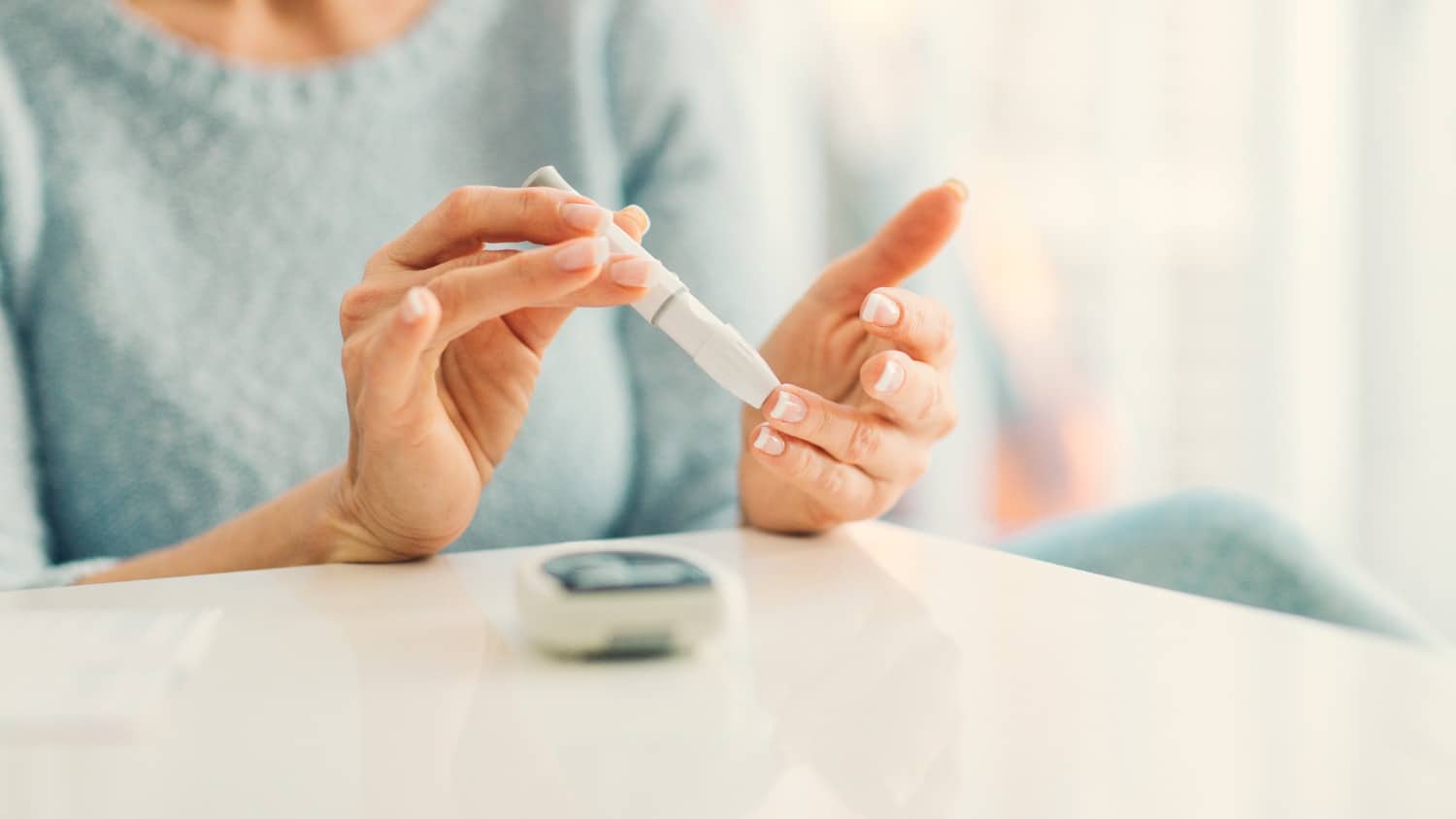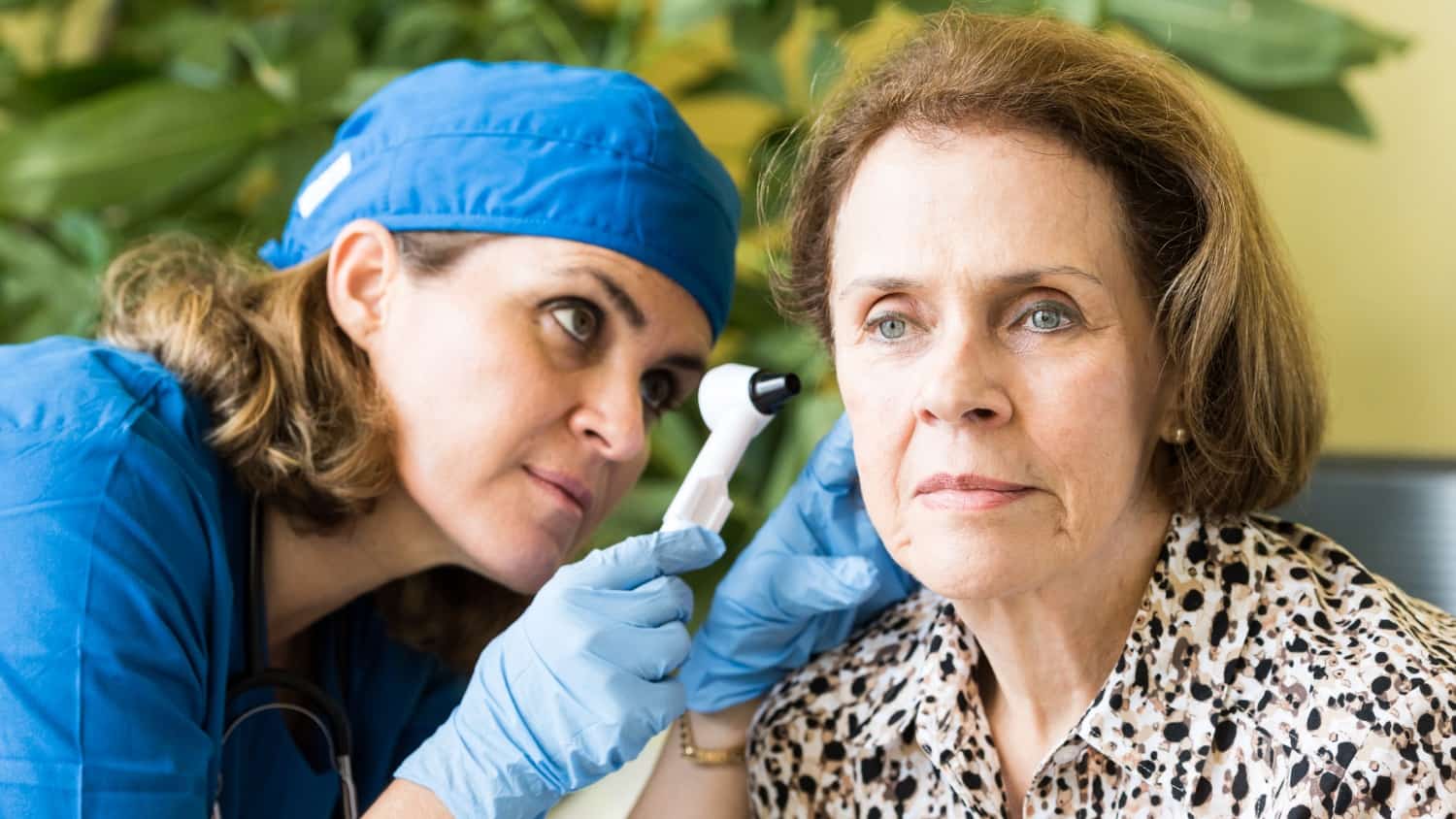
What You Might Not Know About Diabetes Prevention
Of course, I said YES! when I was asked by the Wellness Director of our local YMCA if I might be interested in training to be a lifestyle coach for a new program they are going to offer. It’s one on Diabetes Prevention.
Knowing that I have facilitated and coached personal growth and change over the years, she wondered if I might take on a new topic. Nutrition and health are important topics for me, so I was more than willing to check out their efforts.
What I have learned in the two months since I dove in is sobering.
The Facts About Diabetes
Diabetes is the 7th leading cause of death in the US, with 29 million people currently diagnosed and possibly 8 million people not aware that they are in danger. There are 3 types of diabetes:
- Type 1: your body does not produce insulin. There is no prevention for Type 1.
- Type 2: insulin resistance. This is preventable though lifestyle.
- Gestational: occurring during pregnancy. This can be a precursor to type 2.
Type 2 Diabetes is reaching alarming proportions in the US with 86 million people diagnosed as “pre-diabetic.” Of those diagnosed, 15-30% will develop Type 2 Diabetes within the next 5 years. Contributing risks are being over 45 years of age, being overweight, having family history, some race and ethnic groups, history of gestational diabetes, and an inactive lifestyle.
There is no cure for Diabetes, whether type 1 or type 2. The long-term effects of diabetes include damage to large and small blood vessels, which can lead to heart attack and stroke, and problems with the kidneys, eyes, feet and nerves. A shortened life expectancy comes along with a diagnosis of diabetes.
Not All Hope Is Lost
BUT the good news is that a diagnosis of pre-type 2 diabetes may be reversible with a few simple (not necessarily easy) lifestyle changes.
As it turns out, there is plenty of evidence that modest weight loss (7%) and increased modest activity (150 minutes a week) can turn a scary diagnosis around. It doesn’t mean starving yourself or training for a marathon. It is simply changing some of the ways you approach food and beginning to increase your activity level. With slow progress in those two areas, it is possible to “recover” from being pre-diabetic.
Obesity is a contributing cause to type 2 diabetes. And obesity is an epidemic in the US. In 1985, 10-14% of the population was considered obese. In 2013, the majority of Americans (more than 60%) were at least overweight with more than 30% being obese. A BMI of more than 30 is considered obese, but since some people resist BMI calculations, from another source:
An obese person is someone who has accumulated so much body fat that it might have a negative effect on their health. If a person’s body weight is at least 20 percent higher than it should be, he or she is considered obese.
Tracking Fat
For weight loss, the Diabetes Prevention Program at the YMCA encourages the simple approach of keeping track of fat grams on a daily basis. No dieting, no foods that are “taboo,” no counting calories. Just track your fat grams.
Since I am going to lead one of the groups, I decided I should experience just how to monitor fat grams in my own diet. I am not overweight nor am I at risk for diabetes at present, but I am concerned about maintaining a healthy and fit body as I go into my 8th decade. I had put on a few (8?) pounds over Covid restrictions, so I was motivated to see how fat grams might influence my diet as well as my weight.
The program’s guideline is that for someone wanting to lose 7% of their weight and who weighs between 120 and 170 pounds, fat grams should be limited to 33 each day. That seemed like a lot… But then I started making myself aware of just how many fat grams there are in the foods I like to eat.
I do love avocado toast. As it breaks down:
Half of an avocado = 11 grams of fat
One slice of cheese = 7 grams of fat
One egg = 5 grams of fat
Half tablespoon of butter to cook my egg = 6 grams of fat
Holy cow! That is 29 grams of fat in one dish! I only would have 4 grams left for the day!
However, if I moderate a bit and use one fourth of an avocado, that’s 5 grams of fat. So, right there I reduced fat and still had great taste of a favorite meal. I can use cooking spray instead of butter and save another 6 grams. Taste would not be terribly different, and I now have 11 grams to play with.
Education and Planning Go a Long Way
Planning ahead makes it so that I can enjoy some of my favorite treats with no guilt. Culver’s vanilla frozen custard, one scoop is 18 grams of fat. That leaves me with 15 grams for the day.
Ground turkey meat has 17 grams of fat in a quarter pound while the same portion size of a skinless, boneless chicken breast only has 3.
A little bit of education and awareness has made following the fat gram approach relatively stress (and hunger) free. After 3 weeks of following the fat gram approach and being faithful to walk 30 minutes a day, I am down 5 pounds and maintaining.
It’s Worth It
Avoiding diabetes is worth any effort, in my opinion. Adults with diabetes have higher risks of heart disease and stroke. Diabetes is a cause of 17% of all deaths of people 25 years old and above. Medical expenses that result from diabetes are raised by more than double.
I remember a friend’s mother who had her legs amputated as a result of type 2 diabetes. Diabetes can also lead to reduced vision and even blindness.
While lifestyle change is simple, it can be hard. With motivation and a determined approach, it is possible by making one small change and building from there. It helps to have support and encouragement (which is why I agreed to become a lifestyle coach with the YMCA group-based program), but it starts with a wake-up call and a resolve to take control of your own health.
Here’s to being healthier and happier through controlling what we can with our own bodies and health!
How would you classify yourself in terms of body weight? Have you been diagnosed as pre-diabetic? What have you been doing to reverse this diagnosis? How well do you think you’re managing? Please share with the community!






